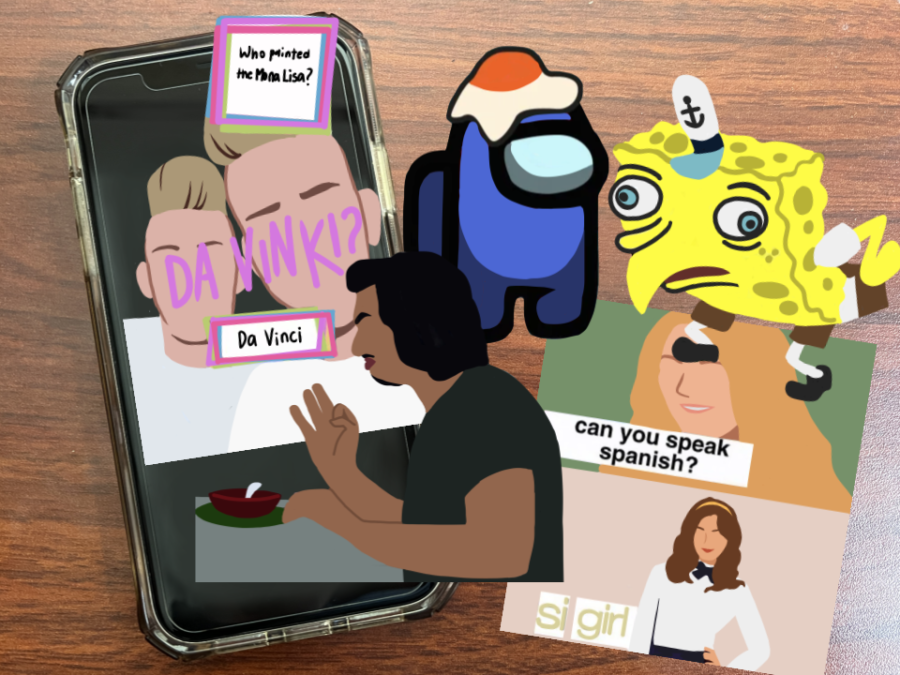The landscape of humor has undergone significant changes in the digital age, particularly with the rise of social media platforms. Humor now permeates various genres of online content, adapting to contemporary societal norms and evolving communication methods. This report explores the multifaceted evolution of humor in social media, focusing on the transformation of memes, the democratization of comedic expression, and the role of humor as a tool for social commentary.
The Transformation of Memes

Memes have become a cornerstone of digital humor, evolving from simple jokes to complex forms of communication. Initially defined by Richard Dawkins in 1976 as cultural ideas that spread and evolve through imitation, memes have become a vital part of online interactions. They encapsulate and express ideas, emotions, and shared experiences in visually appealing formats that bridge generations and cultures[1][3]. Memes facilitate rapid communication and have become essential for engaging with current events, trends, and societal issues. This 'virality' reflects the collective consciousness, allowing memes to resonate widely across different demographics and cultural backgrounds[3].
With the advent of the internet, humorous content can now spread quickly, often reaching millions within hours. This immediacy allows memes to spark conversations, debates, and, in some cases, societal change[3]. Notably, humorous memes have often served as a medium for social commentary, addressing relevant issues and generating discussions that might not occur in formal settings[4][6]. They can encapsulate complex ideas through humor, making them accessible to diverse audiences.
The Democratization of Comedy
The digital era has democratized humor in unprecedented ways. Traditionally, comedians relied on mainstream platforms like television and film to reach their audiences. However, social media platforms like YouTube, TikTok, and Instagram have enabled any individual with a smartphone to share comedic content, bypassing traditional media gatekeepers. This change has given rise to a new generation of comedians, allowing a broader diversity of voices and perspectives to emerge[2][4].
This shift has transformed not only who gets to be funny but also the type of humor that thrives online. Comedy now often includes irony, sarcasm, and self-deprecation, appealing to internet-savvy audiences familiar with these forms[4]. Social media has created new formats for humor, such as the one-liner on Twitter or the short, engaging skits on TikTok, encouraging brevity and punchiness in comedic expression[2][6]. As a result, humor has adapted to be faster and more relatable to rapidly changing social contexts.
Humor as a Tool for Social Commentary

In an increasingly polarized world, humor serves as a powerful tool for social commentary and activism. Memes, in particular, provide a unique way to challenge authority and question societal norms. Satirical and parody-based humor has gained popularity, allowing individuals to express their opinions and frustrations creatively[3]. The internet has amplified the reach and impact of this humor, allowing it to resonate beyond its immediate audience.
For instance, memes that address political events or social issues can quickly gain traction, influencing public opinion and even driving social movements[1][3]. The ability of humor to address complex topics in a digestible format fosters community engagement and encourages dialogue around pressing issues. As such, humor is not merely entertainment—it's a means of forging connections and building relationships among individuals who share similar experiences or viewpoints.
Humor and Marketing
Recognizing the influence of humor on consumer behavior, brands have increasingly leveraged memes and humorous content in their marketing strategies. Advertisers have tapped into the viral nature of memes to create relatable content that resonates with younger audiences, facilitating brand awareness and engagement[6]. Memes can make brands appear more approachable and human, strengthening connections with consumers[2][6]. This approach has transformed modern marketing landscapes, showing that humor can be an effective tool for branding and reaching target demographics.
The Impact of Social Media on Humor

The interplay between social media and humor has developed a unique online culture. Memes and humorous content often reflect the collective mindset of a generation, capturing current trends, societal issues, and the general humor of the time. This phenomenon allows humor to transcend cultural barriers, making it a universal language that fosters connection[1][3][5]. Notably, memes have influenced segments of culture, from discussions about mental health to broader societal movements, demonstrating their significance beyond mere comedy[6].
The rapid evolution of platforms and formats means that humor is continuously changing, as creators adapt to new tools and styles that resonate with audiences. Platforms like TikTok encourage dynamic and innovative approaches to comedic expression, further enriching the digital humor landscape[2].
Conclusion
The evolution of humor in social media is a reflection of broader societal changes. Memes have transformed from simple internet jokes into powerful cultural phenomena that influence communication and foster connections across diverse groups. The democratization of comedy allows voices from various backgrounds to emerge, enhancing the richness of humor available online. Simultaneously, humor serves as an effective means for social commentary, enabling individuals to address complex issues with creativity and relatability.
As the digital landscape continues to evolve, so too will the expressions of humor. It remains an essential component of our lives, offering relief, connection, and commentary in a rapidly changing world. In this way, humor has not only adapted but thrived as a vital force in shaping social interactions and cultural narratives in the digital age.
Get more accurate answers with Super Pandi, upload files, personalized discovery feed, save searches and contribute to the PandiPedia.
Let's look at alternatives:
- Modify the query.
- Start a new thread.
- Remove sources (if manually added).